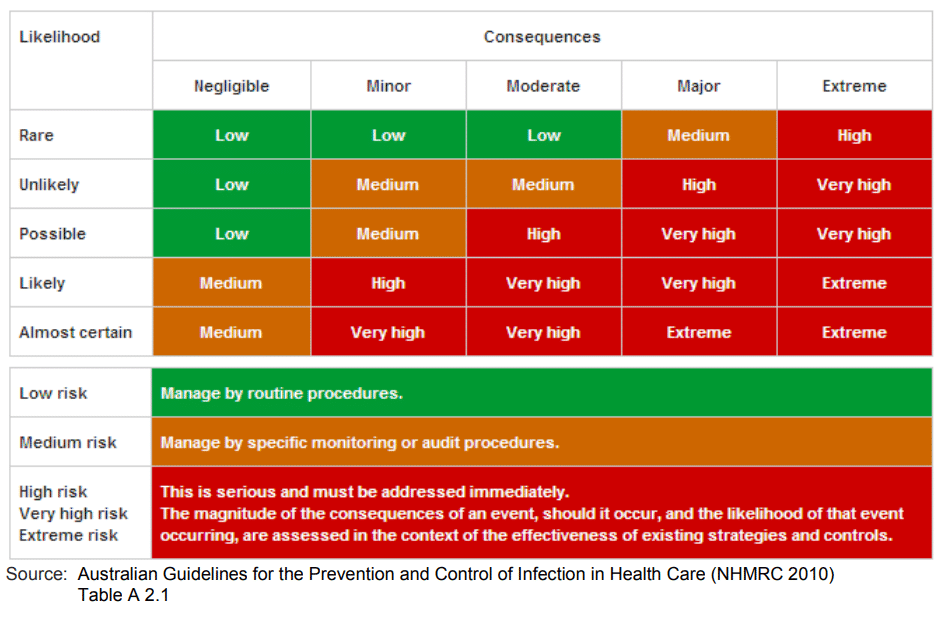Student entrepreneurs should take risks when starting their business, but how much risk must be carefully considered. Successful entrepreneurs tend to be risk-takers and become good at calculating risks associated with their businesses. The combination of strong leadership skills and business knowledge allows them to gather enough facts about the product, market, and economic environments to determine when the possibility of success outweighs the possible loss. Students should not insulate themselves from risk-taking but do need to be wise and follow this same thinking process.

RISK-TAKING
By definition, risk takers are people who expose themselves to potential danger or harm vs. eliminating it or protecting themselves from it. Taking a risk is to purposely put your entrepreneurial self in an uncertain position where there could be negative consequences; in other words, taking action or choosing inaction where something bad could happen as a result.
Not to be trite, but the decision to walk across the road involves some risk. You could fall or have a heart attack in that exact spot, and be hit by an oncoming vehicle. You cross the road anyway when your mindset determines the benefit outweighs the potential risk.
THOUGHTFUL RISK-TAKING BEHAVIOR IS REWARDING
I’m not suggesting you throw all caution to the wind. Personally, I don’t do that either. I am all about self-confidence, sound judgment, and educated decision-making. Use your brain, gather the facts related to your business, and then make sound judgments. Those sound judgments involve creating strategy, though, and having a tolerance for risk. Embracing change and smart risk-taking helps you choose not to remain in one place because you are afraid to make a move. Without risk, we wouldn’t have a new business.
As the CEO of your own business, it’s important to develop these skills early on.
Similar to creating a wise personal investment strategy, you cannot grow your business if you will not invest your time and make strategic moves. You can stand in one place and expect a successful business to magically appear, but it won’t.
Again, as the CEO of your own business, you need to take opportunities to learn, you need to assume a healthy degree of risk, and you need to join the masterclass.
Do you ever hear people who get frustrated with life and have regrets, though they chose not to ever act and pursue their dreams? Don’t be that person. Do not put yourself in a position of being disappointed for Not having a life you chose not to create.
You will find yourself creating and recreating and then find that process repeating throughout your life.
Entrepreneurship ain’t for the faint of heart, that’s for sure… but hey… the glory doesn’t come to them either.

DIFFERENT TYPES OF RISK – as they pertain to your business
Types of risk can be defined and then broken down into many – MANY – categories. Your decision to purchase cigarettes or expensive coffee every day vs. buying business supplies may delay your ability to launch. Growing too fast, not being able to meet demand, then losing current and new business is a result of taking a risk. Over-investing and not growing fast enough to meet the payments required to pay back for the technology or materials purchased for production is also result of taking a risk.
Recognize it. Welcome it. Manage it.
Considering the types of risk, how to manage risk and its consequences becomes complicated. Don’t allow yourself to be confused. Just understand the concept, and how it affects you, and use that knowledge to make sure you use sound judgment as it relates to risks you take to move your business forward.
For the sake of this discussion, we are considering the following types of risk:
- Business
- Non-Business
- Financial
By no means do you take the money or time you have available
to invest in your business and put it into a guess or some sort of coin toss.
Use those smarts – Use that education – ‘And evaluate the situation before taking the risk.
Business risk is further divided into three categories.
- Strategic risk relates obviously to your business plan and your strategic moves. Strategic risk involves areas such as your business readiness and the effects of competition.
- Compliance and regulatory risks relate to laws and regulations pertaining to your business and both your understanding of them and your willingness and ability to comply.
- Financial risk in this category is your ability to generate profit. It’s the management of the obvious and less obvious factors impacting the financial health of your business that lead to a profitable business. Recognize these risks and do the right thing with regard to operational costs, staffing, and factors such as managing processes relating to returns or customers who default on their payments.
Non-business risk
Non-business risks are risks that are outside of your control. These risks are not directly associated with your business or business decisions. These risks may result from political and economic imbalances.
Financial risk
Financial risk refers to your ability to manage debt. It’s interest rates and penalties, balancing wise investments, and making sound longer-term decisions that end up allowing you to make payments on time. It also includes the impact of understanding and actually having your basic financials in place. It’s important to minimize your risk associated with proper reporting and your prepared taxes.

HOW TO MANAGE RISK
Thoughtful risk-takers manage risk well; in fact, they have a passion for it!
Managing your risk maximizes your entrepreneurial spirit by deepening your business knowledge and allowing you to pursue new ideas and innovation without as much fear.
The five basic principles of risk management involve these action steps: avoid, identify, analyze, evaluate, then treat
- Avoiding risk is the safest solution. The first step in managing risk is to identify possible strategies to eliminate the risk. If you cannot eliminate the risk, then you need to manage it!
- Identify the risk, assess it, and identify its nature and any related factors.
- Analyze the risk by learning how a risk can occur, the likelihood of it impacting you, and the consequences.
- Use the facts you’ve learned to evaluate the risk in a further effort to reduce it or eliminate it.
- Treat the risk and manage it to a more positive conclusion by determining related responsibilities and then how it can and will be monitored.
Where do you start? Review your business plan, and answer this: Are you business ready?

MINIMIZE RISK WHILE YOU TAKE RISK
“Don’t worry” is easier said than done, and it may not be the best decision.
However, minimizing risk is a great idea. It’s a way to actually reward smart failures!
To minimize risks, ask and answer these 7 questions:
- Who is at risk?
- What is involved?
- Why can it happen?
- How likely is it?
- What are the consequences?
- What can be done?
- Did you identify an ideal solution to apply to the situation?
Use what you learn to help you manage and minimize your risk. Then make business decisions and projections that can determine your success and failure based upon these learnings. It’s about accountability. To succeed as an entrepreneur, you need to take risks and venture into unknown territory, yes, but supporting yourself with knowledge to mitigate or minimize risk will let you take bigger, healthier steps.
ENTREPRENEURSHIP & RISK TOLERANCE
Risk is all around us. The fact is, it is everywhere. Realize, insulating yourself from risk is actually taking a risk. Investing is a risk because the investment may not pay off. However, not investing in the market or in yourself is equally a risk when inflation or your competition outpaces your growth.
As a natural leader or someone who learned to lead you will have a higher tolerance for risk. As an entrepreneur, the stronger your leadership skills are, the higher your tolerance will be, and you’ll become skilled at weighing the benefits.
You’ll find that creating an environment where developing new ideas, cultivating the feeling of adventure, and welcoming thoughtful risk-taking will help see you through good times and help you find new ways around hurdles. It takes grit. ‘and you got that, right?! Of course you do.
Ending on a big bold note:
Thoughtful risk-takers! Enhance your entrepreneurial spirit!
Take every opportunity to succeed! Embrace change. Seek out new ways and Do Not Fear Risk. The key takeaway is that risk is essential to your business growth, and it can and should be managed. This is your business. Be as wise and strategic as possible. You got this.

0 Comments